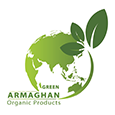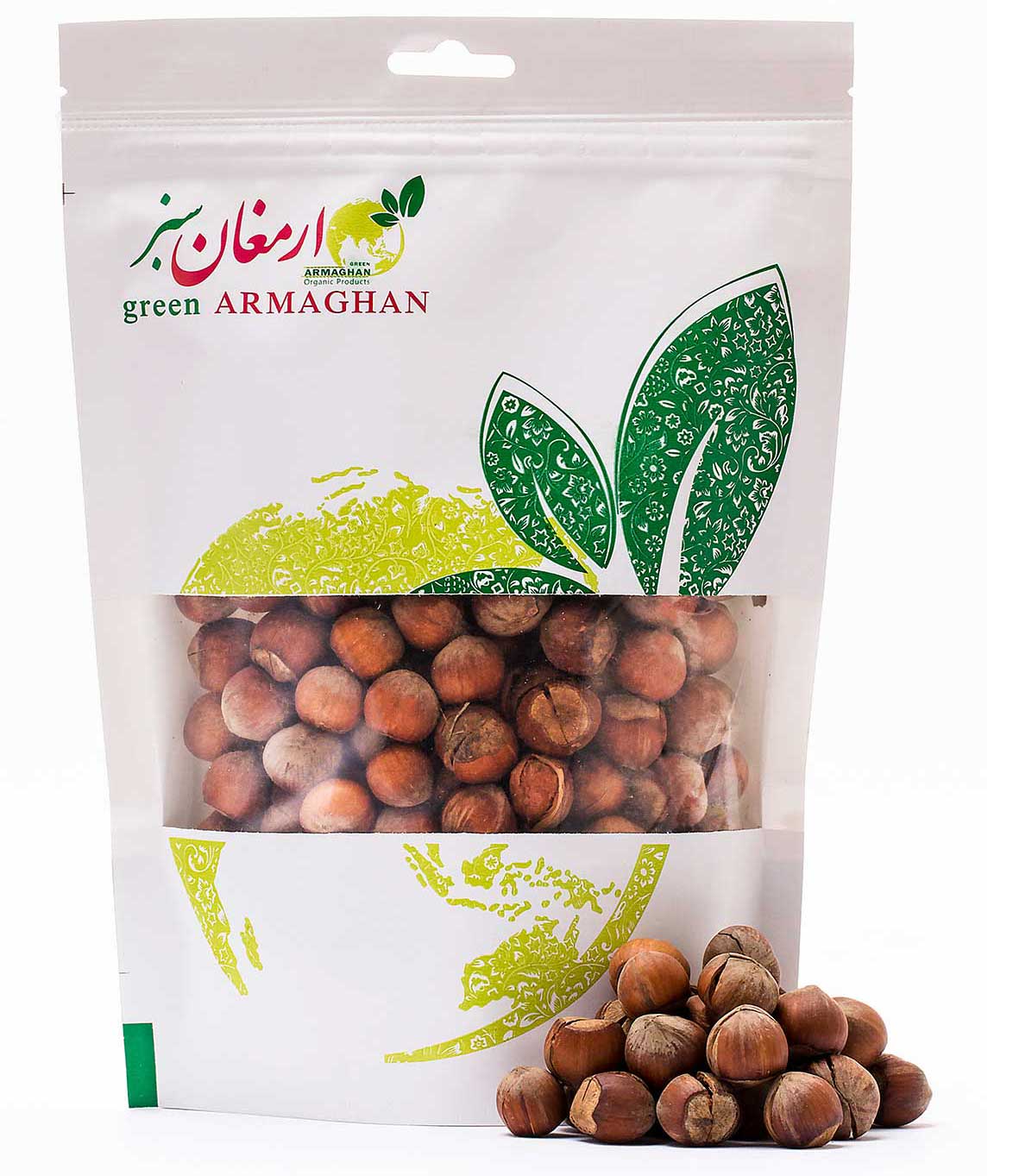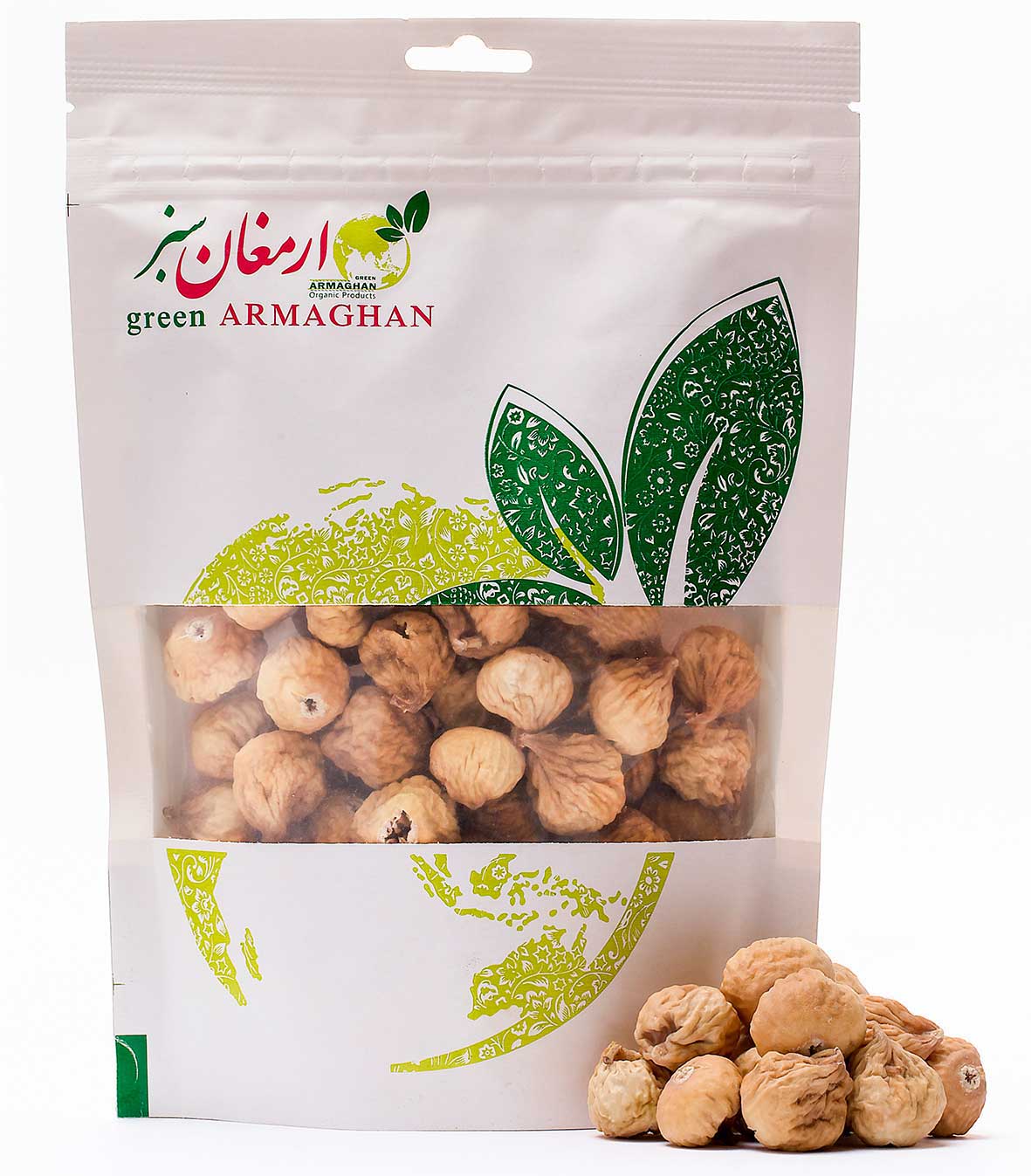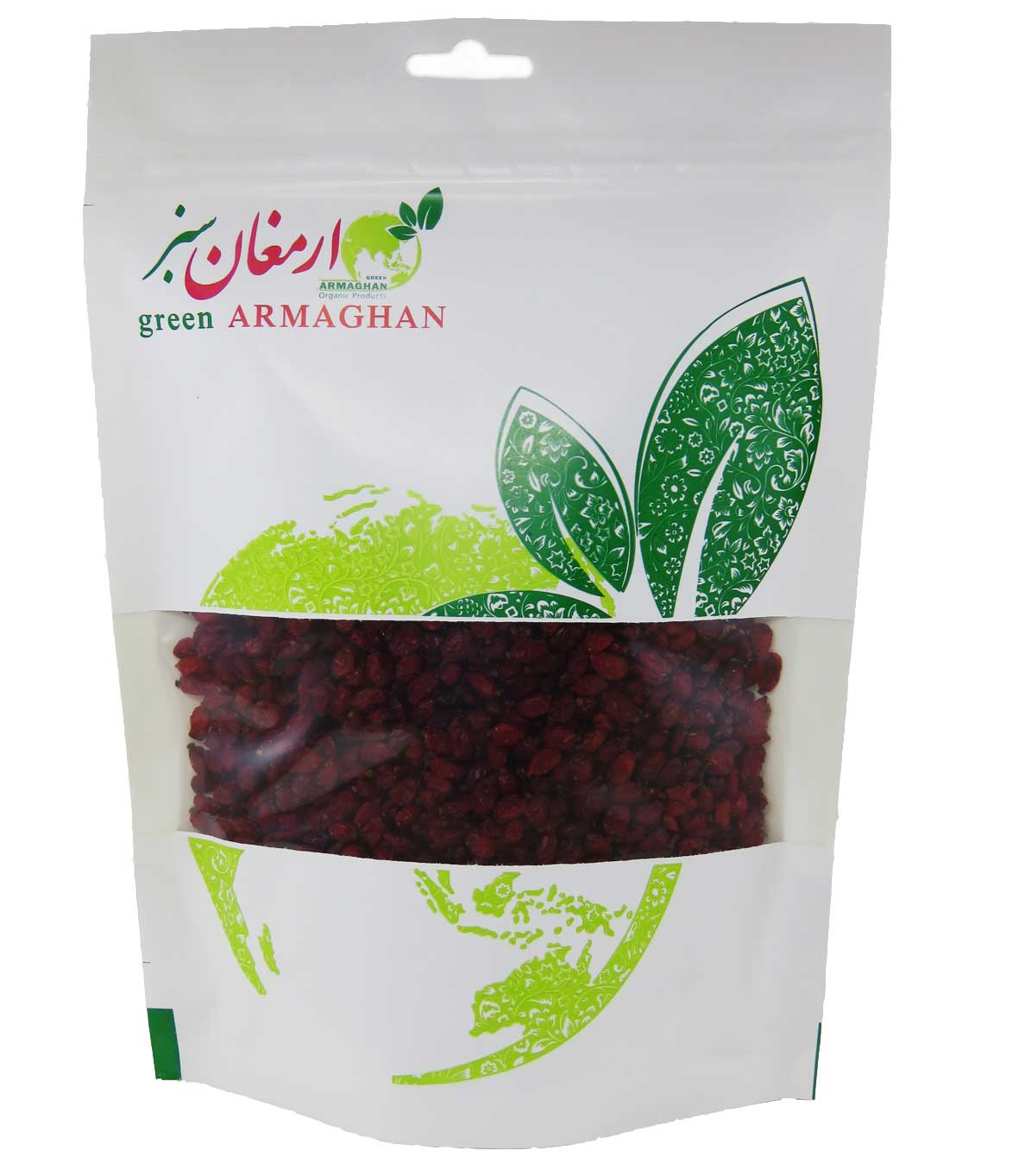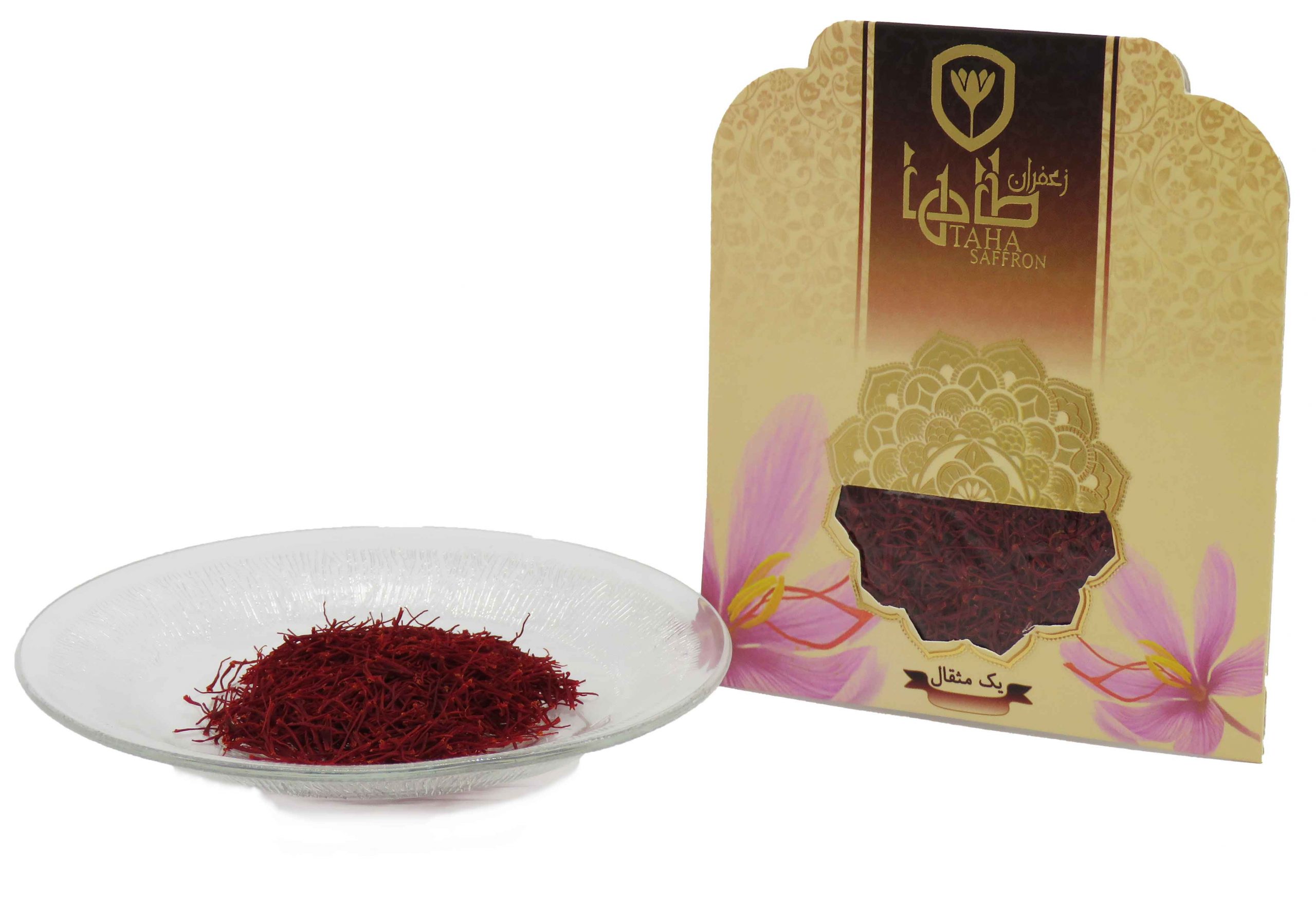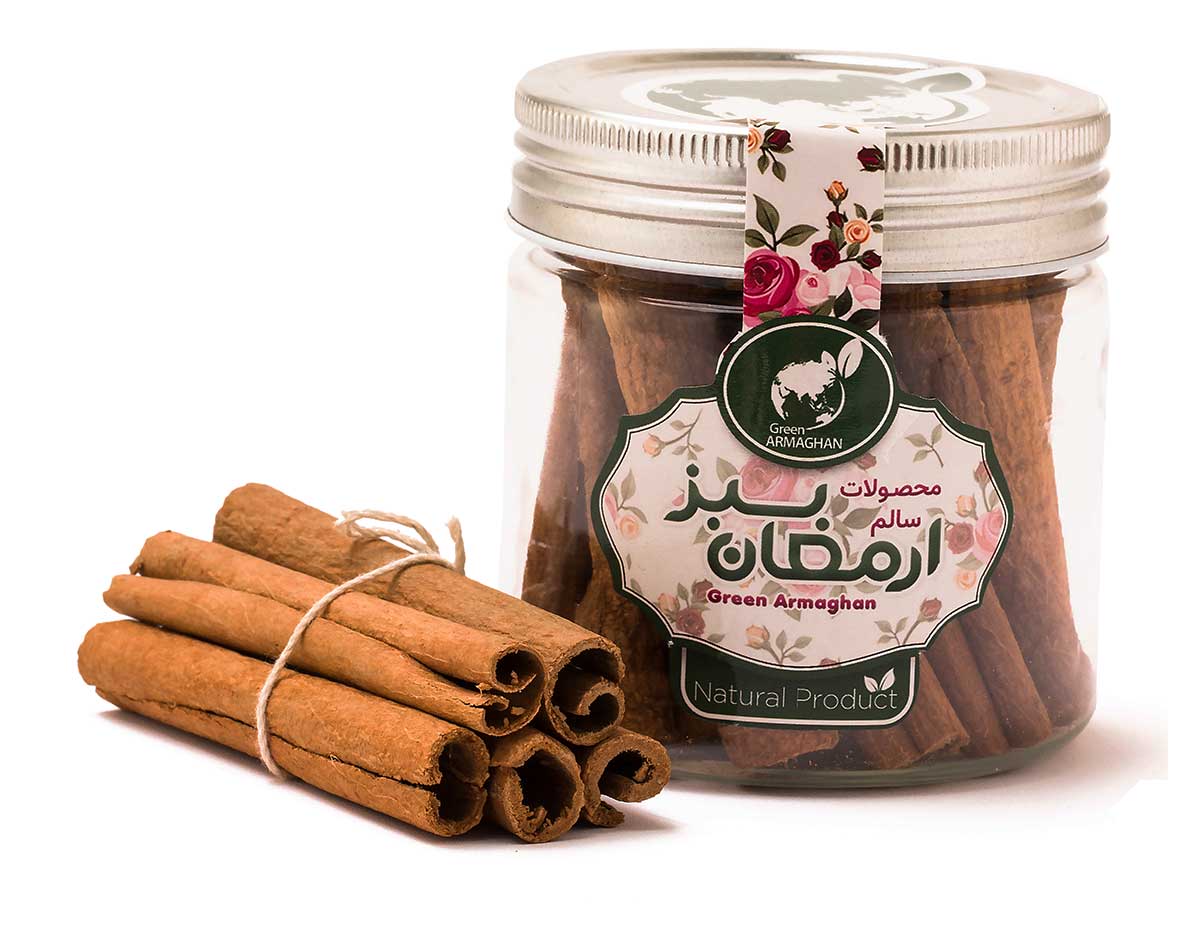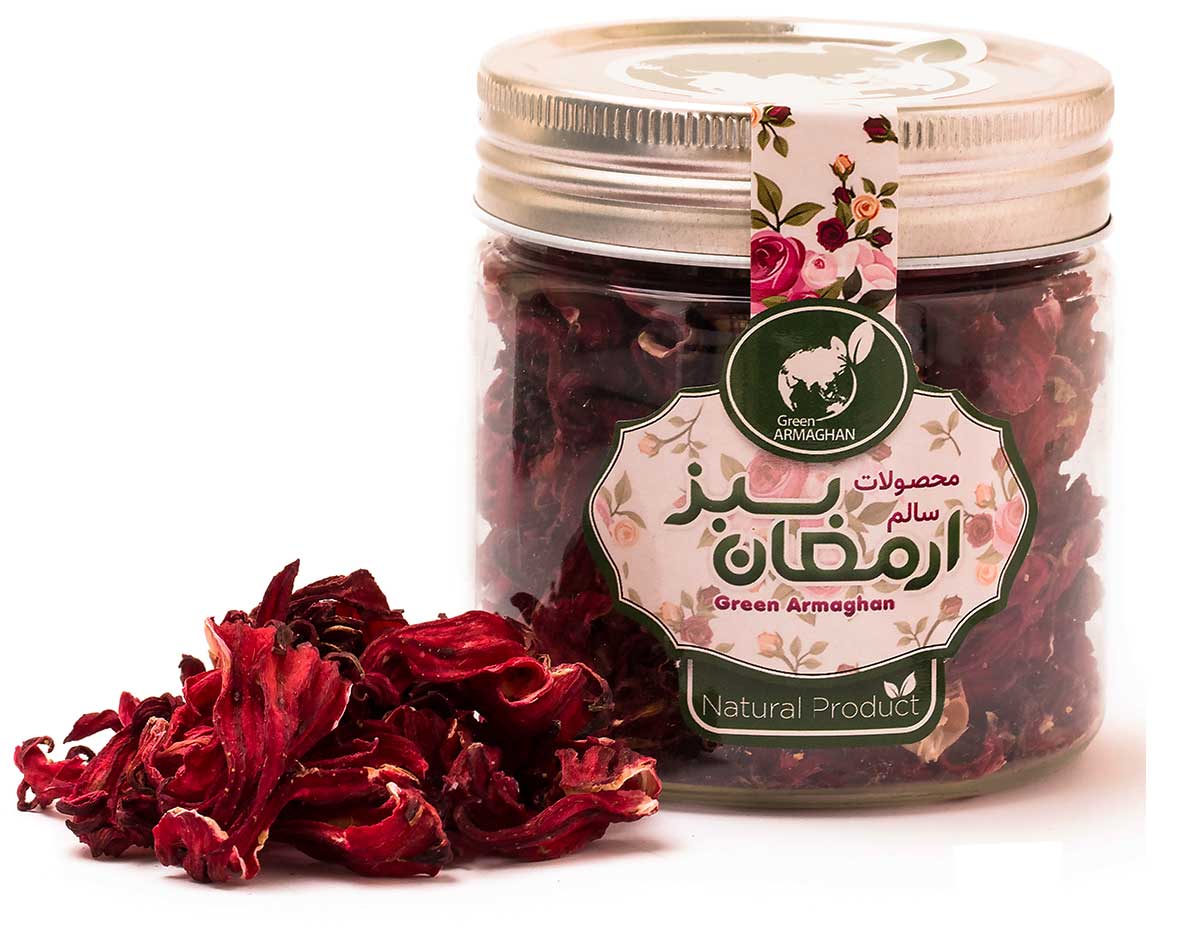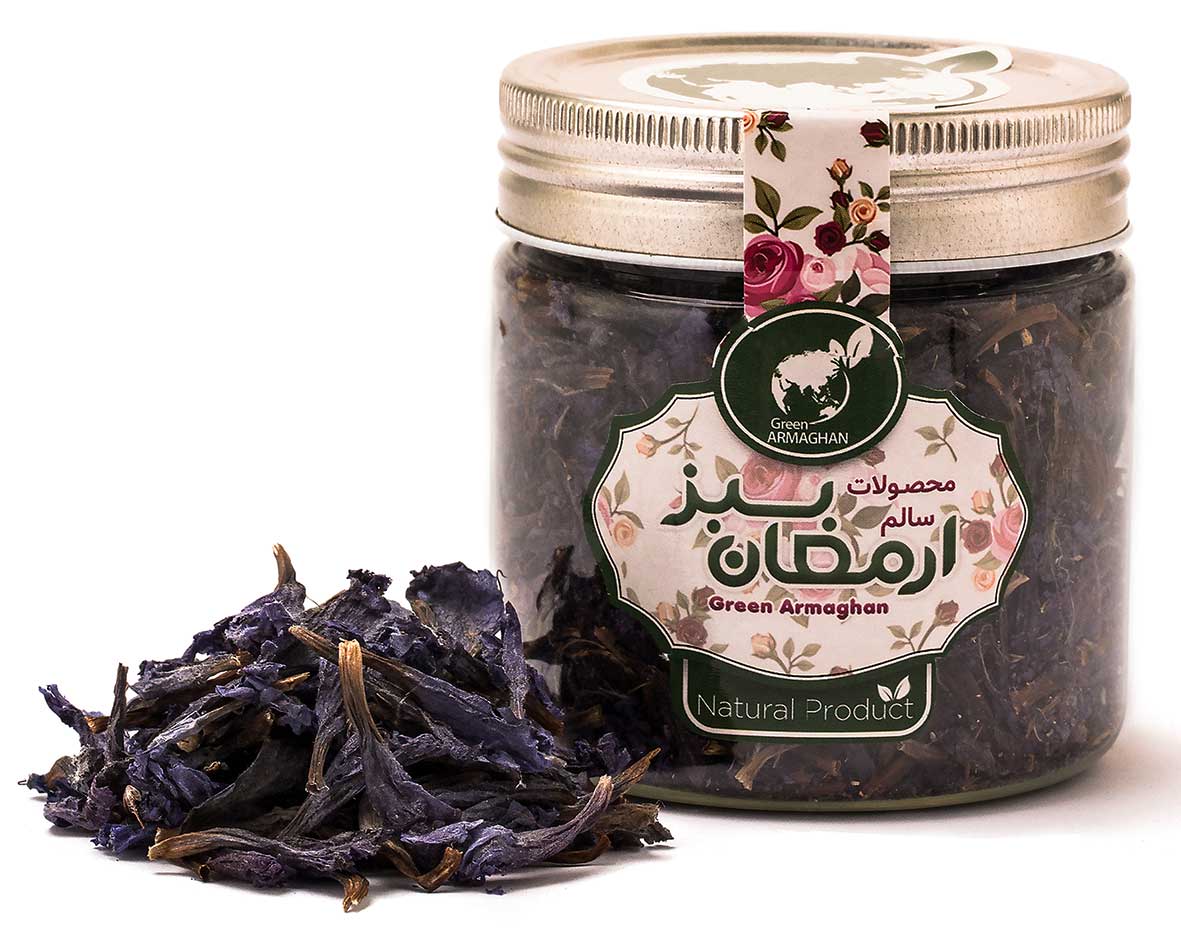A wide range of dates can be classified into three groups depending on their maturity on the tree. They can be soft, semi-dry and dry. Piarom dates, also known as ‘chocolate dates’, are undoubtedly one of the tastiest semi-dry dates in the world. Piarom dates are unique in terms of taste and appearance.
Piarom date is a long, narrow and oval date with a thin and almost black skin. They are about 3-5 cm in size (larger than other date varieties) and are inferior to other dates due to their low moisture content of less than 15%.
Specifications:
name: Piarom Dates
Type: Semi-dry
Color: black and brown, long, narrow, oval, soft, thin, fleshy, completely attached to the flesh.
Size: 3 – 5 cm
Humidity: below 15%
Hazelnuts make a tasty snack and are a great addition to many dishes. When a person includes them in a balanced, calorie-controlled diet, the hazelnut also provide several health benefits. Hazelnuts provide significant amounts of antioxidants. Hazelnuts also contain decent amounts of vitamin B6, folate, phosphorus, potassium and zinc.
Additionally, they are a rich source of mono- and polyunsaturated fats and contain a good amount of omega-6 and omega-9 fatty acids, such as oleic acid.
One ounce (28 grams, or about 20 whole kernels) of hazelnuts contains:
Calories: 176
Total fat: 17 grams
Protein: 4.2 grams
Carbs: 4.7 grams
Fiber: 2.7 grams
Vitamin E: 21% of the RDI
Thiamin: 12% of the RDI
Magnesium: 12% of the RDI
Copper: 24% of the RDI
Manganese: 87% of the RDI
Figs have many health benefits and are the earliest fruits man grew. Although figs are not available throughout the whole year, dried figs are. You have to start consuming them because of its numerous medical advantages.
1. Improved digestion
2. Good for diabetes
3. Prevents hypertension
4. Rich in antioxidants
5. Preventing heart disease
6. Preventing cancer
7. Strengthens your bones
8. Helps losing weight
9. Cures iron-deficiency anemia
10. Improves reproductive health
Nutritional Value of Dried Fig. (per 100 grams)
Calories: 249
Total Fat: 0.9 g
Saturated Fat: 0.1
Polyunsaturated Fat: 0.3 g
Monounsaturated Fat: 0.2 g
Cholesterol: 0 mg
Sodium: 10 mg
Potassium: 680 mg
Total Carbohydrate: 64 g
Dietary Fiber: 10 g
Sugar: 48 g
Protein: 3.3 g
They are also rich in Vitamin A, C, D, B-6, B-12, Calcium, Magnesium and Iron.
Barberries are highly nutritious. They are rich in carbs, fibers and several vitamins and minerals.
The roots, leaves, bark, and fruit of the barberry plant have been used in traditional medicines for more than 2500 years.
It has been used historically for increasing energy and strength, reducing fever, alleviating upset stomach, promoting bowel regularity and treating diarrhea. Barberry continues to be used widely as a natural medicine. It is commonly taken for gallbladder disease, other biliary disorders, heartburn, high blood pressure, and various other conditions. A 1/4-cup (28-gram) serving of dried barberries contains:
Calories: 89
Protein: 1 gram
Fat: 1 gram
Carbs: 18 grams
Fiber: 3 grams
Vitamin C: 213% of the Daily Value (DV)
Iron: 15% of the DV
Saffron
Saffron is cultivated chiefly in iran.
Saffron is a spice with a strong fragrance and distinctive color. The spice is also rich in antioxidants, which may have many health benefits.
According to the U.S. Department of Agriculture, these are the nutrition facts for 1 teaspoon (tsp) of saffron, which is equal to 0.7 grams (g):
Calories: 2
Protein: 0.08 g (1.6 percent daily value, or DV)
Carbohydrates: 0.46 g
Total dietary fiber: 0 g (0 percent DV)
Cholesterol: 0 mg
Calcium: 1 milligram (mg) (0.1 percent DV)
Iron: 0.08 mg (0.44 percent DV)
Magnesium: 2 mg (0.5 percent DV)
Phosphorus: 2 mg
Potassium: 12 mg (0.26 percent DV)
Sodium: 1 mg
Zinc: 0.01 mg
Vitamin C: 0.6 mg (1 percent DV)
Thiamin: 0.001 mg
Riboflavin: 0.002 mg
Niacin: 0.01 mg
Vitamin B6: 0.007 mg
Folate, dietary folate equivalent (DFE): 1 micrograms
Vitamin A: 4 international units (.08 percent DV)
Among the chemical compounds that give saffron its character are safranal, which is responsible for its wonderful aroma; crocin, which you can thank for its intense hue; and picrocrocin, which imparts its sweet, floral flavor.
Roses have been used for cultural and medicinal purposes for thousands of years.
The rose family has over 130 species and thousands of cultivars. All roses are edible and can be used in tea, but some varieties are sweet while others are more bitter , Rose flowers, especially buds, contain a high concentration of vitamin C which by far surpasses the levels in fresh fruits. ✔️Rich in antioxidants.
relaxation, stress reduction, and antidepressant effects
reduced severity of allergic reactions
antibacterial properties
improved and heart health
treatment of liver disease
anti-inflammatory and anti-arthritic properties
anticancer effects
Cinnamon is one of the world’s most popular spices. Cinnamon is a highly delicious spice.
It has been prized for its medicinal properties for thousands of years.
Cinnamon Is Loaded With Antioxidants and it Has Anti-Inflammatory Properties and also Cinnamon May Cut the Risk of Heart Disease. a spice that comes from the branches of trees of the Cinnamomum family. ✔️a teaspoon of ground cinnamon weighing 2.6 g contains:
energy: 6.42 calories
carbohydrates: 2.1 g
calcium: 26.1 milligrams (mg)
iron: 0.21 mg
magnesium: 1.56 mg
phosphorus: 1.66 mg
potassium: 11.2 mg
vitamin A: 0.39 micrograms
Hibiscus is a large family of flowering plants that have a wide natural range. They are often used for their ornamental properties thanks to their often large and vividly colored flowers. In addition to being used for its good looks, the flowers are sometimes used to make hibiscus tea.
The beverage is high in vitamin C and is also thought to provide us with a variety of health benefits. Hibiscus Tea Nutrition Hibiscus tea is naturally low in calories and is caffeine-free. According to the USDA Nutrient Database, it has a good supply of minerals including calcium, iron, magnesium, phosphorus, potassium, sodium, and zinc. It also contains B-vitamins like niacin and folic acid. This tea is a good source of anthocyanins, which makes it beneficial for managing elevated blood pressure levels, the common cold, and urinary tract infections
Borage is a gangling plant which has vibrant star shaped flowers. They are pink in the beginning which turns to a true blue that hangs facing downward as clusters. The fuzzy buds which are white are also attractive. The flowers and leaves are consumable which possess the flavor of a cucumber.
Major Nutritions:
Iron, Fe 2.94 mg (36.75%)
Vitamin C (Ascorbic acid) 31.2 mg (34.67%)
Vitamin A, RAE 187 µg (26.71%)
Manganese, Mn 0.311 mg (13.52%)
Copper, Cu 0.116 mg (12.89%)
Magnesium, Mg 46 mg (10.95%)
Vitamin B2 (Riboflavin) 0.134 mg (10.31%)
Potassium, K 418 mg (8.89%)
Calcium, Ca 83 mg (8.30%)
Phosphorus, P 47 mg (6.71%)
